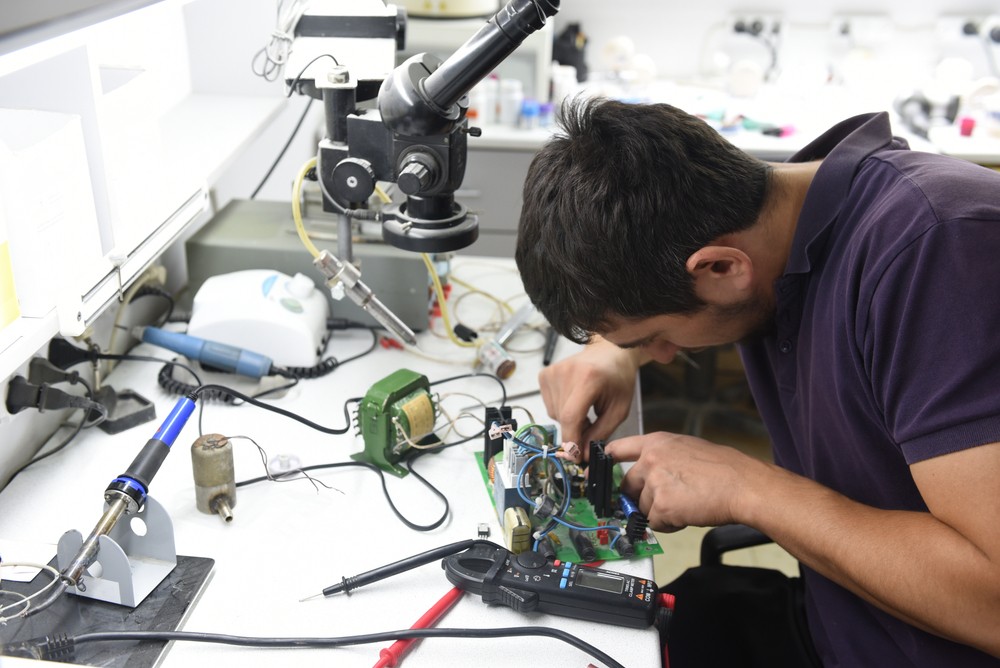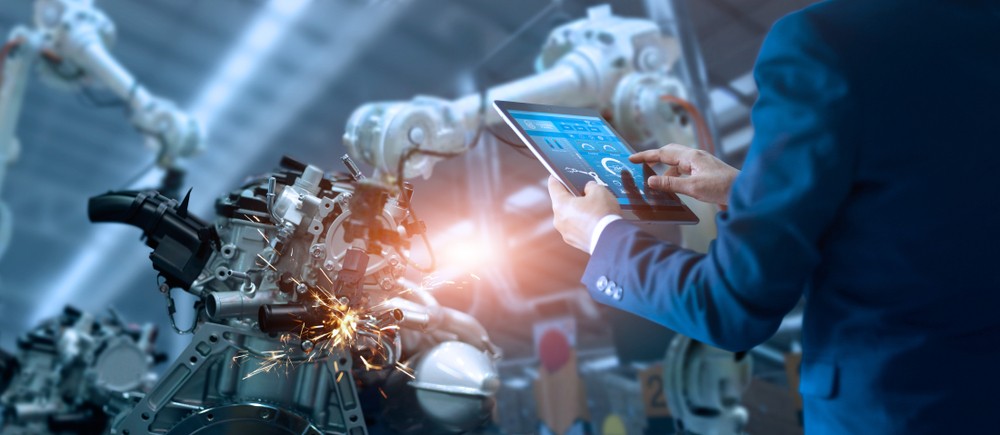Why “Repeatability” Is Important to Manufacturing Maintenance

Repeatability is the ability to do the same thing over and over again with no change in procedure. It goes hand in hand with reproducibility: the ability to achieve the same result consistently. Every manufacturing maintenance team needs to strive for clear-cut standard operating procedures (SOPs) that result in predictable outcomes for equipment. However, repeatability is often more difficult than it seems. Not every maintenance issue presents in the same way, and not every solution is textbook. Therefore, it’s important for techs to do everything they can to document procedures in order to create repeatability in the future.
What is repeatability in manufacturing?
In manufacturing, repeatability is the ability of equipment to perform repetitive tasks without deviation. It’s also the ability of maintenance professionals to service equipment in a way that’s conducive to repeatability, which demands consistency in and of itself. This means looking closely at the individual variables of each machine that dictate its repeatability.
Take robotics, for example. In order for a multi-axis robot to deliver the same degree of precision with each action, each axis requires calibration. To ensure each axis gets calibrated appropriately, service techs need to monitor axial alignment and adjust within well-defined parameters. It all leads back to SOPs: a procedure for checking alignment, a procedure for adjusting it, and one for measuring the reproducibility of the work.

How to achieve repeatability
Repeatability comes from standardization. In the manufacturing environment, this means having SOPs for all phases of maintenance. More important is following these SOPs. If everyone assesses, services, and measures in the same way, it’s logical to believe that the same results will follow. If they don’t, it at least narrows the focus of a root cause analysis.
Beyond SOPs, there are several other key variables that manufacturers need to consider as they seek repeatability standards in their factories. Some of the most important include:
- Proactive and preventive maintenance, to reduce deviations
- Clear-cut SOPs for routine and specific maintenance services
- A stringent root cause analysis process for unexpected problems
- Strong documentation to ensure new solutions become repeatable
- Causation and correlation data analysis within problem-solving

How the IIoT helps establish repeatability
The entire concept of repeatability (and reproducibility) revolves around data. Data helps you understand if you’re achieving the desired result and if that result is within tolerance time and again. Whether to assist in standardizing processes or in working backwards from problems to achieve consistency, data is paramount. In smart factories it’s also prevalent, thanks to the Industrial Internet of Things (IIoT).
With this shared data, manufacturing companies have many resources available when trying to achieve repeatability. IIoT reference architectures, for example, are a great resource of available data to understand where measurable problems fall outside of the norm. If a machine begins to pass more defects after a service and the IIoT data shows higher-than-normal levels of vibration against benchmarked norms, it becomes easier to service the core problem. Proper service will return repeatability to the machine’s function.
Repeatability has always been a necessity when it comes to manufacturing. A machine needs the ability to perform the same task over and over, to ensure precise results each time. Achieving this repeatability requires numerous moving parts; however, new technology and data-sharing options have made repeatability easier than ever.